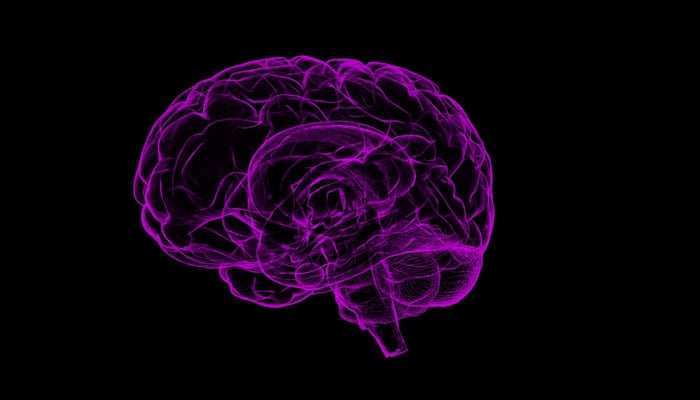New study reveals shape of brain may influence human behaviour
"Fundamental starting hypothesis is that wiring of brain is central to understanding how brain functions," researcher says
June 01, 2023

A new study revealed Wednesday that the shape of the brain can have a considerable influence on our feeling, behaviour and transmission of communication signals to the body, challenging the previous notion that our thoughts and mental activities are due to billions of interconnected neurons, reported NBC News.
The study which was published in the journal Nature, concluded the study by examining brain MRI scans of 255 people. The study participants were also asked to carry out tasks such as tapping their fingers or recalling a sequence of images.
This is how the researchers gathered information about 10,000 different maps of the brains gathered from more than 1,000 experiments worldwide, to determine the connection of brain shape with its function.
In the next step, with the help of a computer model in which a brain size can contribute to the electrical activity of the brain, researchers compared that model to a pre-existing model of brain activity associated with the understanding of neuron connectivity as the driver of brain function.
In the findings, researchers noted that "the comparison showed that the new model provided a more accurate reconstruction of the brain activity shown in the MRI scans and brain activity maps than the prior model."
The lead author of the study James Pang, a research fellow at Monash University in Australia, said: "The size and shape of the pond help determine the nature of those ripples."
"The geometry is pretty important because it guides how the wave would look, which in turn relates to the activity patterns that you see when people perform different tasks," Pang added.
David Van Essen, a neuroscience professor at Washington University in St. Louis, said the "brain shape theory has been floated for more than a decade."
He noted: "But most researchers still subscribe to the classical hypothesis: that each of the brain's nearly 100 billion neurons or nerve cells, has an axon, which functions like a wire to carry information to other neurons, and that enables brain activity."
"The fundamental starting hypothesis is that the wiring of the brain is central to understanding how the brain functions," Van Essen said.
Pang said his "research doesn't discount the significance of communication between neurons; rather, it suggests that the geometry of the brain plays a more essential role in brain function."
"What the work is showing is that the shape has a stronger influence, but it’s not saying that connectivity is not important," he said.
Pang also underlined that the brain "shape hypothesis comes with an advantage: Brain shape is easier to measure than brain wiring, so paying closer attention to the size or curves of the brain could open new avenues for research."
He was of the view that "one topic worth exploring is the possible role of brain shape in the development of psychiatric and neurological diseases."
According to Pang, in theory, the speed at which travelling waves spread to different regions of the brain might affect how people process information. "That, in turn, could contribute to patterns of brain activity associated with diseases like schizophrenia or depression."
Pang said the findings "remain robust" even after performing an individual-level analysis of brain shape.
Pang said his research isn't definitive, but noted that in his view, the new study "strengthens the theory" that brain shape has a greater influence on brain activity than the wiring of neurons.
"We're pretty confident that the influence is really there," he said.









